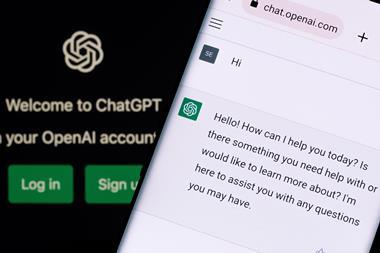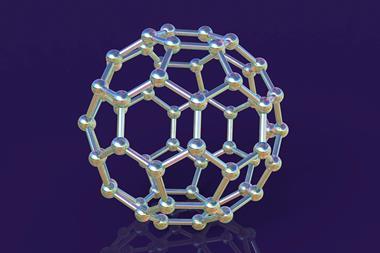A free computational platform could enable undergraduate chemists upwards to set up multistep molecular simulations and visualise molecules in solution with the help of a chatbot.
The researchers, who are based at Emory University, US, highlighted that, although advances in theoretical methods and software are empowering researchers to tackle more complex problems, learning to use these tools properly has become increasingly difficult.
To address these challenges, the researchers developed AutoSolvateWeb, a publicly available, cloud-based platform with an integrated chatbot, designed to set up simulations to show how particular molecules – a solute and a solvent – interact in solution.
On the front end of the platform there is no need for the user to be conversant in computer code – the chatbot communicates with users in English asking them questions to gather information about the solvated molecules. The user can also inquire with further questions to deepen their understanding.
The chatbot then guides the user through a step-by-step process to configure all the parameters needed. Once all this is confirmed, the information is sent to a supercomputer to create the simulation. The supercomputer then returns a downloadable file which the user can turn into a 3D movie by way of open-source software.
The researchers acknowledged that, as a proof-of-concept, the platform still needs improvement. However, they said that the convenience of AutoSolvateWeb could empower researchers from the broader chemistry community to be able to use the complex functionalities of scientific computing tools, marking a significant step forward in integrating artificial intelligence into scientific research and teaching.
References
RSK Gadde et al, Chem. Sci., 2025, 16, 3852 (DOI: 10.1039/d4sc08677e)

















No comments yet